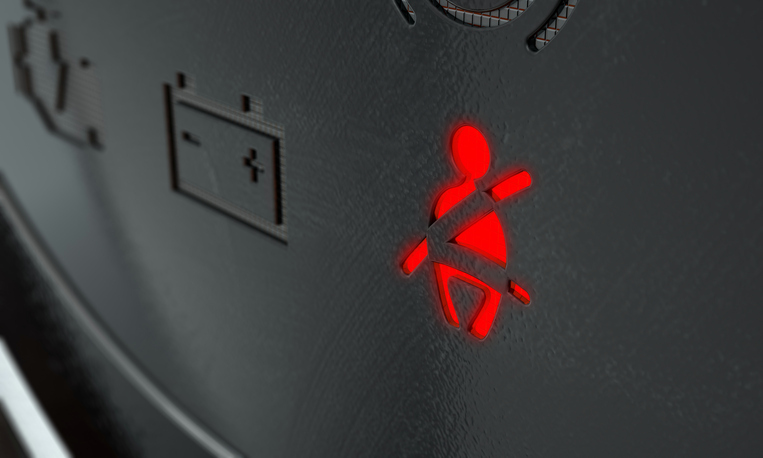3 Important Takeaways from the 2017 Volvo Safety Report for Students in Dispatcher Training

Though Volvo is not there yet, it has set itself the task of achieving a pretty monumental goal in truck safety: zero accidents. It wants to make trucking as safe as aviation, where accidents are so rare that it is newsworthy, and technology steps up to the plate to make the world safer for everyone.
With its 2017 safety report, Volvo has outlined some of the key challenges facing the industry on the road to greater safety, many of which will likely be quite a surprise to individuals preparing for a career in dispatching.
Here are some of the highlights from the report.
Students in Dispatcher Training Need to Know That 90% of Accidents Involve Human Factors
There can be many different factors that contribute to a truck accident happening. These include environmental factors like rain making the road slick, vehicular factors like brakes suddenly failing, and human factors, like inattention, misjudgement, and a poor understanding of risk.
According to Volvo, it’s the human factors that are arguably the worst dangers, with human factors at least partly to blame in 90 per cent of truck accidents. This includes everything from people being overtired while driving, to allowing themselves to be distracted while on their phones, and beyond.
The report stresses the need for all drivers, pedestrians, cyclists, and other road users to be vigilant while on the road, and to devote their full attention to the task at hand. If you work overseeing a team of drivers after your transportation operations program, be sure to stress to them the importance of remaining alert while on the road. Doing so could be a big help in preventing accidents.

After Dispatcher Training, Don’t Fear the Rain: Most Accidents Happen When It’s Sunny
Dark, stormy nights might seem like the most dangerous situations for drivers to be in, but it turns out they’re not. Volvo’s report includes a breakdown of when drivers are most at risk of being in an accident, and the stats show a vast majority occur in fair weather, during the daytime.
The report suggests that this may be because more drivers are on the roads when the weather is nice, and also that pedestrians, cyclists, and other road users at higher risk tend to be more careful when they know they are in low-light or low-visibility situations. Regardless of the cause, it goes to show that even if it seems safe to drive on a given day, it very well may not be—something to keep in mind if you’re managing drivers after dispatcher training.
Truckers Aren’t Wearing Their Seat Belts, And They Really Should Be
Though companies like Volvo are constantly looking for ways to use engineering to improve the safety of drivers, that is not enough. Drivers also need to do their part to secure their own safety, as it is often the case that a small adjustment on their part can help prevent serious injury or death caused by an accident.
A prime example of this is included in Volvo’s report, which states that drivers of trucks demonstrate lower use of seatbelts than average. The report states “50% of the non-belted [truck] occupants killed in accidents would have survived if their seat belts had been properly used,” and that common reasons for their not being worn include belts being uncomfortable, and that it takes too much work to buckle up.
With drivers’ health and safety a top priority of many dispatching companies, and with seatbelts really not being such a big thing to demand of drivers, it is essential that dispatchers ensure their drivers buckle up. Even if it’s a bit of a pain, the fact that it could save a life makes it worthwhile.
Are you considering attending dispatch schools in Montreal?
Contact Automotive Training Centres to sign up today!


